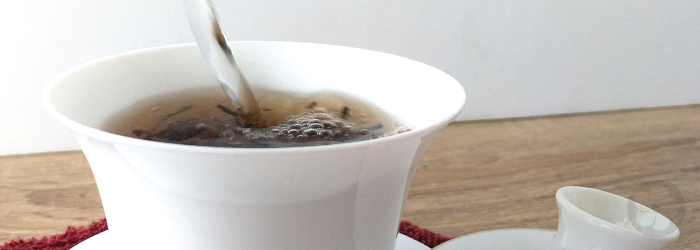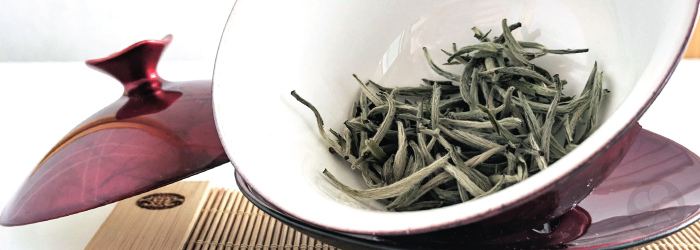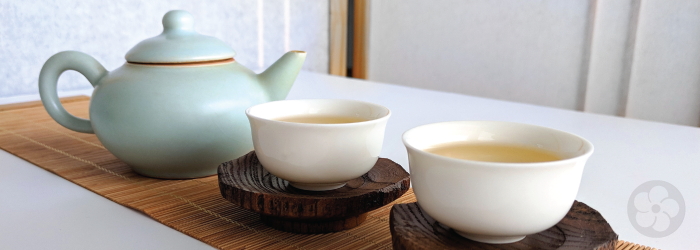Thanks in part to highly lauded health benefits, the popularity of green tea has exploded worldwide. Backed by promises of weight loss, anti-aging capabilities, and the novelty of a natural bright green color, green tea has become a trending ingredient in everything from cookies and cakes to lattes and protein shakes. But few of these concoctions gives center stage to the green tea itself, instead blending (often powdered) leaves with fillers, sweeteners, or other strong flavors to mask the inherent bitterness of mass-produced teas.
Troubleshoot bitter tea flavors with these brewing tips >>
Unfortunately, the small quantities used for subtle green tea flavor are rarely enough to offer the promised benefits, and the quantity of butter and sugar in a green tea cookie will more than offset the metabolism-boosting effects of the powdered tea that makes it green. To get the most from any green tea, it must be a regular habit, drunk without added flavors or sweeteners. Luckily, this doesn't mean you have to choke down a bitter brew. Find green teas that taste good naturally by asking about these flavor factors:
Continue reading











